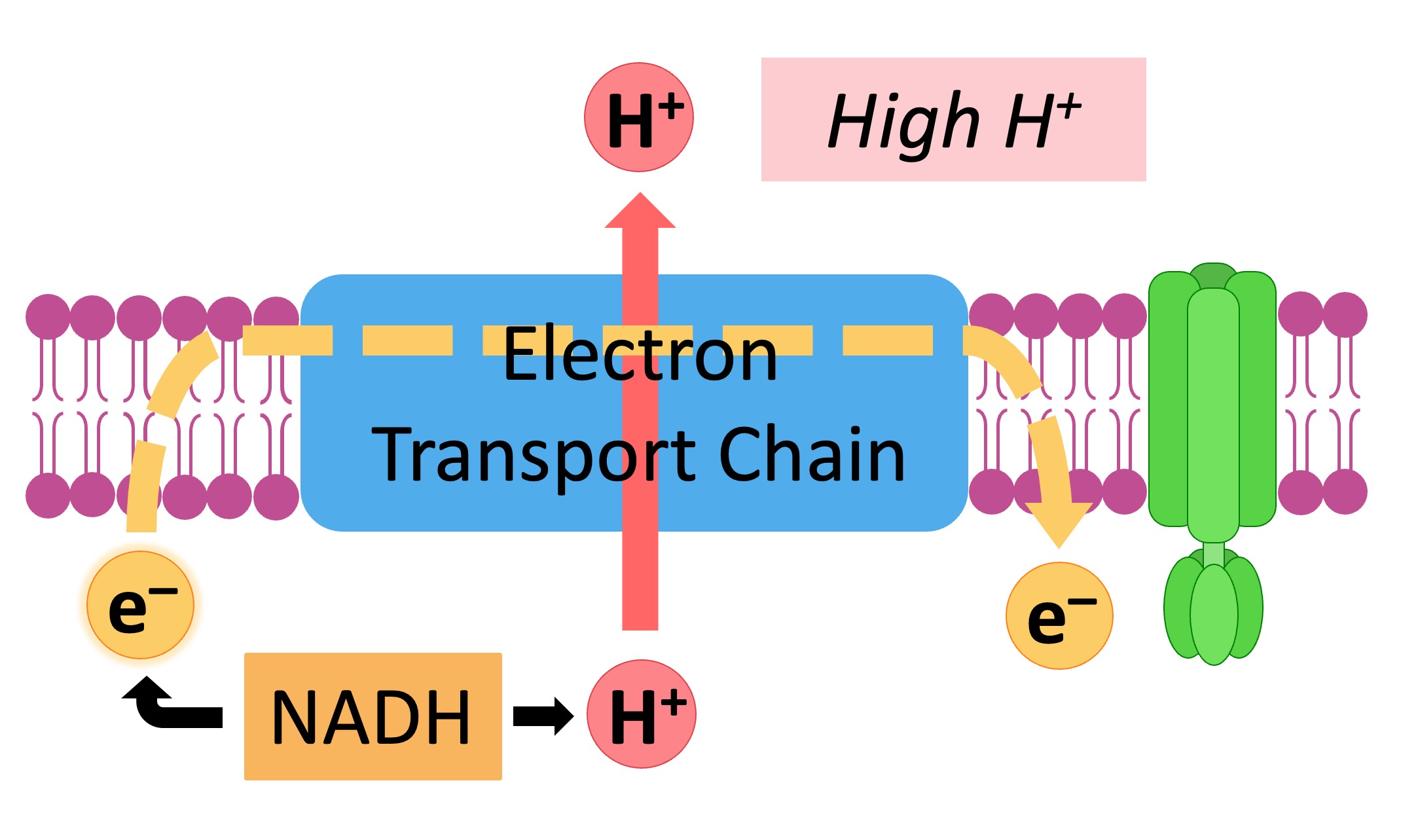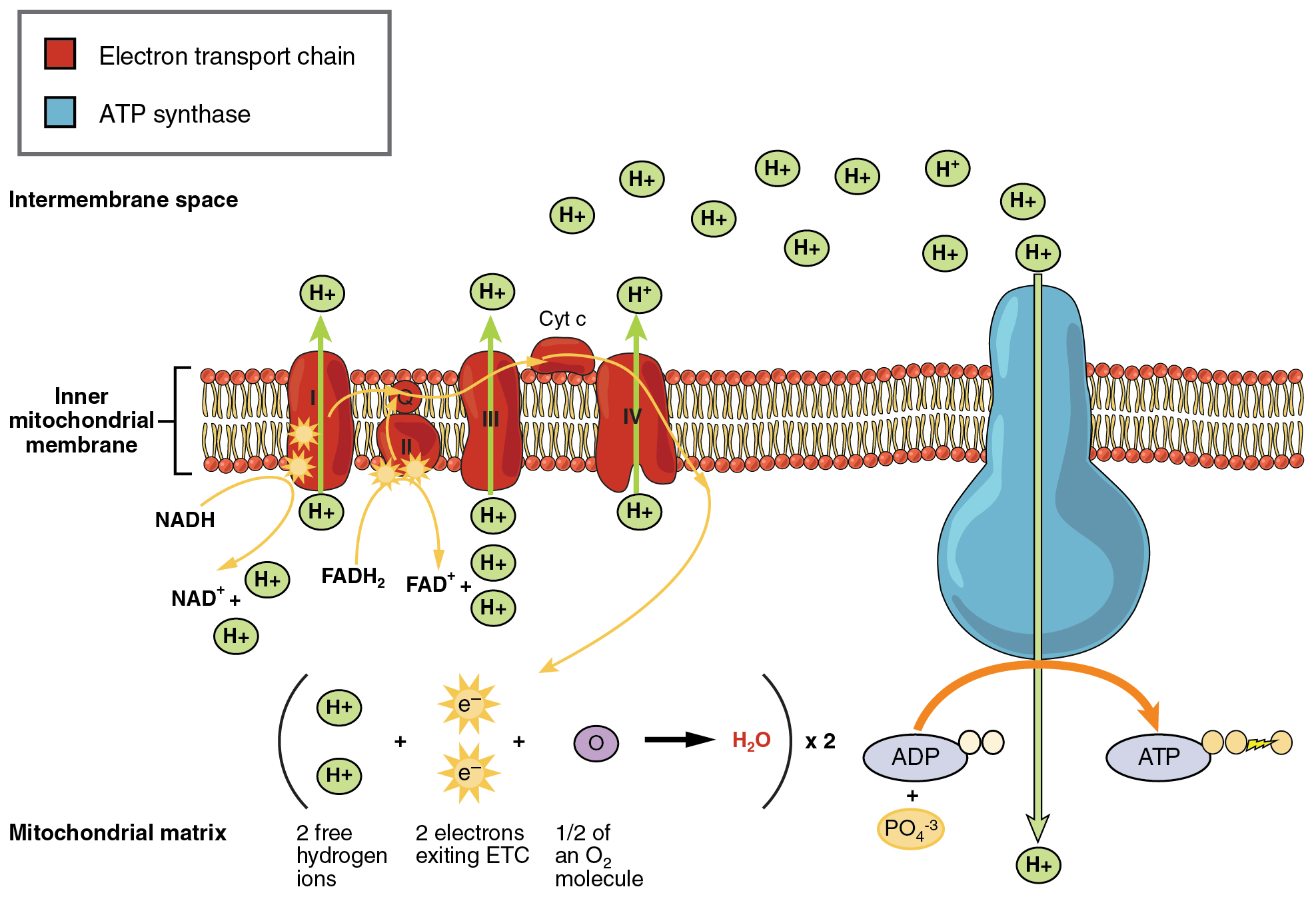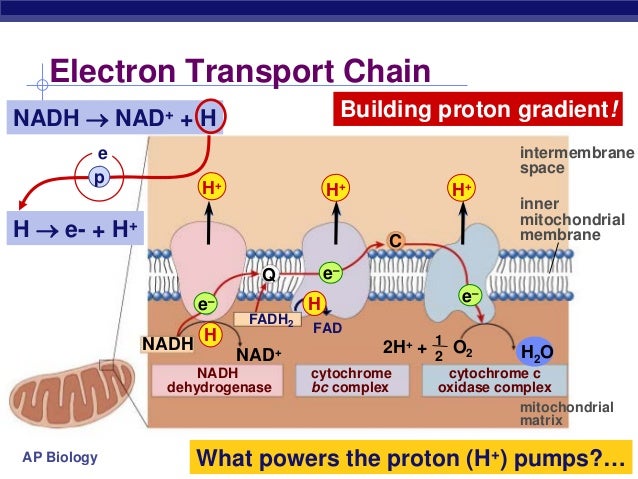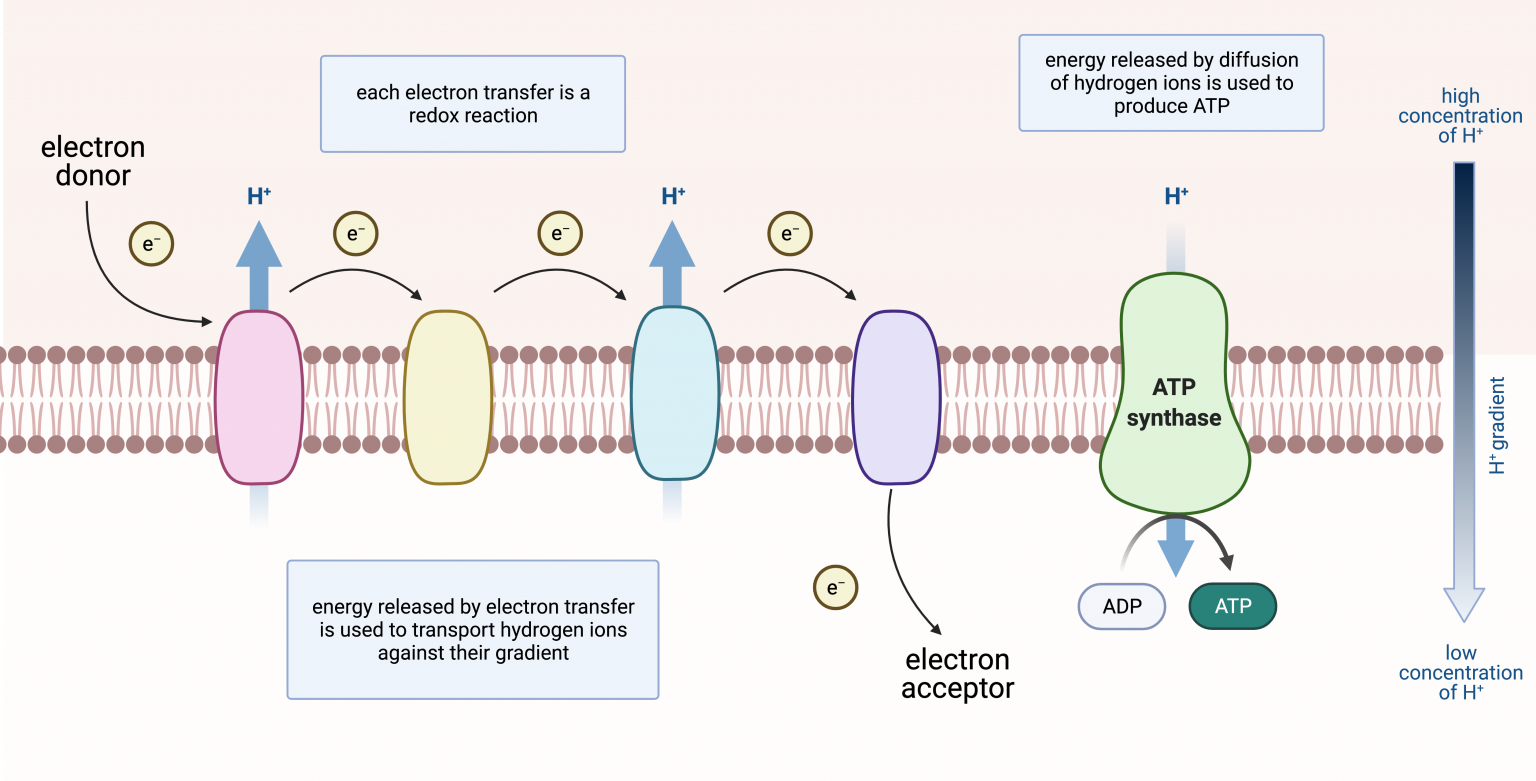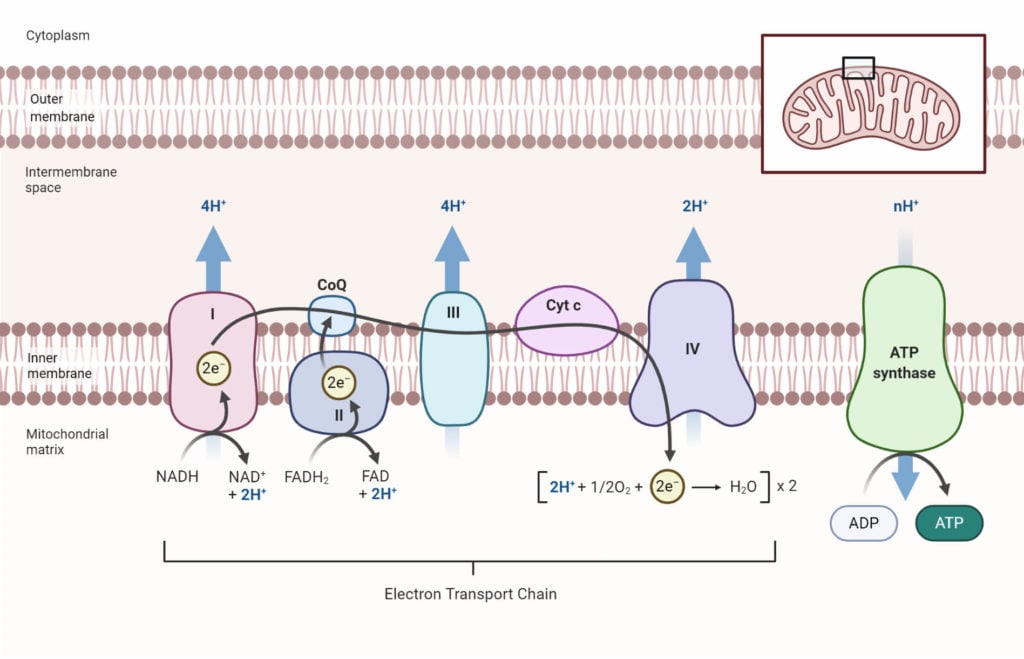Oxygen Is A Product Of The Electron Transport Chain.

Imagine a crisp autumn day, the air filled with the scent of fallen leaves and a subtle, almost electric energy. Sunlight streams through the branches, each ray a tiny messenger carrying life-giving energy. But what if I told you that the very air we breathe, the oxygen that fuels our every step and thought, is intricately linked to a process happening at the microscopic level, deep within our cells?
This is the remarkable story of oxygen's origin within the electron transport chain, a vital cog in the machine of life. Far from being a passive element we simply inhale, oxygen plays a crucial and surprisingly active role in generating the energy that powers our existence. It is more than just a recipient; it is the final electron acceptor, ensuring the smooth operation of cellular respiration.
The Cellular Powerhouse: Mitochondria
To understand oxygen's role, we must first journey into the cell, specifically to the mitochondria. Often dubbed the "powerhouse of the cell," these organelles are responsible for generating most of the cell's energy in the form of ATP (adenosine triphosphate).
This energy production happens through a series of complex biochemical reactions, collectively known as cellular respiration. Think of it as a miniature, incredibly efficient engine, constantly working to keep us alive and functioning.
Cellular Respiration: A Four-Part Process
Cellular respiration can be broadly divided into four main stages: glycolysis, pyruvate oxidation, the citric acid cycle (also known as the Krebs cycle), and the electron transport chain. Glycolysis occurs in the cytoplasm, breaking down glucose into pyruvate.
Pyruvate oxidation then prepares pyruvate for entry into the citric acid cycle, which takes place in the mitochondrial matrix. This cycle further breaks down the molecule, releasing carbon dioxide and generating high-energy electron carriers.
These carriers, NADH and FADH2, are the key to the next stage, the star of our show: the electron transport chain. The electron transport chain is where the majority of ATP is generated, and where oxygen plays its critical role.
The Electron Transport Chain: Oxygen's Grand Entrance
The electron transport chain is a series of protein complexes embedded in the inner mitochondrial membrane. These complexes accept electrons from NADH and FADH2, passing them along the chain in a series of redox reactions.
As electrons move down the chain, protons (H+) are pumped from the mitochondrial matrix into the intermembrane space, creating an electrochemical gradient. This gradient stores potential energy, much like water held behind a dam.
The culmination of this process is where oxygen steps onto the stage. At the end of the electron transport chain, oxygen acts as the final electron acceptor.
It accepts the electrons and combines with hydrogen ions to form water (H2O). This seemingly simple reaction is the key to keeping the entire process running smoothly.
Why Oxygen is Crucial
Without oxygen to accept the electrons, the electron transport chain would grind to a halt. The flow of electrons would be blocked, the proton gradient would dissipate, and ATP production would drastically decrease.
This is why we need to breathe. Our bodies constantly require oxygen to fuel the electron transport chain and generate the ATP needed for everything from muscle contraction to brain function.
Consider the consequences of oxygen deprivation. Even brief periods of hypoxia (low oxygen levels) can lead to cellular damage and organ dysfunction. Prolonged lack of oxygen is, of course, fatal.
"Oxygen's role as the final electron acceptor is essential for the efficient generation of ATP in the mitochondria. Without it, our cells would be unable to produce the energy necessary to sustain life." - Leading Biochemist, Dr. Eleanor Vance
The Beauty of Balance: A Symphony of Reactions
The electron transport chain is more than just a series of chemical reactions; it's a finely tuned system. It is an intricate dance of electrons and protons, all orchestrated to produce the energy that sustains us.
The efficiency of the electron transport chain is remarkable. It extracts a significant amount of energy from the initial glucose molecule, maximizing ATP production.
This process highlights the beauty and complexity of biological systems, where every component plays a vital role in maintaining the overall harmony.
Beyond Energy: Other Roles of the Electron Transport Chain
While the primary function of the electron transport chain is ATP production, it also plays a role in other cellular processes. For example, it is involved in the production of reactive oxygen species (ROS), which, in controlled amounts, can act as signaling molecules.
Dysfunction of the electron transport chain has been implicated in a variety of diseases, including neurodegenerative disorders, heart disease, and cancer. Research continues to explore the intricate connections between mitochondrial function and overall health.
Mitochondrial dysfunction is now recognized as a contributing factor in the aging process. This reinforces the importance of understanding and maintaining mitochondrial health.
Reflections on the Breath of Life
Next time you take a deep breath of fresh air, consider the journey that oxygen undertakes within your body. From your lungs to your cells, it plays a vital role in the electron transport chain, the engine that powers your life.
It is a humbling reminder of the interconnectedness of all living things and the intricate processes that sustain us. The oxygen we breathe is not just a gas; it is a vital participant in the cellular symphony that keeps us alive and thriving.
The understanding of oxygen's role and its impact on human health continues to expand. Further research promises to reveal even more about the intricacies of this essential element and its profound influence on the delicate balance of life itself. The ongoing exploration of the electron transport chain is a beacon, illuminating the path toward a deeper understanding of our own existence.






